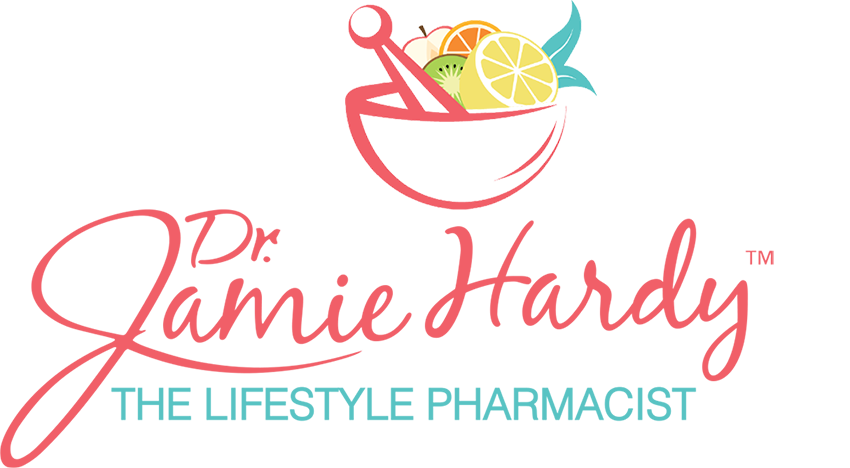October is Breast Cancer Awareness Month. It’s a time dedicated to raising awareness about breast cancer, highlighting the importance of early detection, and supporting those affected by this disease.
As #TheLifestylePharmacist I am working with you to increase awareness and offer support as we strive to achieve a future without breast cancer.
In this blog post, we’ll explore the key aspects of breast cancer, from risk factors to prevention strategies and available resources.

What is Breast Cancer?
Breast cancer is a type of cancer that starts in the cells of the breast. It can occur in both men and women, although it is much more common in women. The disease can develop in different parts of the breast, including the milk ducts, lobules, and in some cases, the tissue in between.

Understanding Risk Factors
While breast cancer can develop in anyone, certain factors may increase an individual’s risk:
- Gender and Age: Women are at a higher risk than men, and the risk increases with age.
- Family History: Having close relatives with breast cancer can elevate one’s risk.
- Genetic Mutations: Inherited mutations in genes like BRCA1 and BRCA2 can significantly increase the risk of developing breast cancer.
- Hormone Levels: Elevated levels of estrogen, either naturally or through hormone replacement therapy, can increase the risk.
- Radiation Exposure: Prior exposure to chest radiation, especially during childhood, can be a risk factor.

Early Detection Is Your Best Defense
Early detection plays a crucial role in successful treatment and outcomes. Here are important steps for early detection:
- Breast Self-Exams: Regular self-exams can help in detecting any unusual changes in the breast, such as lumps or changes in skin texture.
- Clinical Breast Exams: Regular clinical exams by a healthcare professional are essential for detecting abnormalities that may not be apparent during a self-exam.
- Mammograms: These X-ray images of the breast can reveal tumors that are too small to be felt. Screening guidelines may vary based on age and risk factors, so consult with your healthcare provider.

Prevention and Healthy Lifestyle Choices
Embracing a healthy lifestyle can lower the risk of breast cancer and enhance overall well-being, even though some risk factors for the disease are beyond our control.
- Maintain a Healthy Weight: Obesity is associated with an increased risk of breast cancer.
- Regular Exercise: Aim for at least 150 minutes of moderate-intensity exercise per week.
- Balanced Diet: Incorporate a variety of fruits, vegetables, whole grains, and lean proteins into your diet.
- Limit Alcohol Consumption: Excessive alcohol intake is linked to an increased risk of breast cancer.
- Avoid Smoking: Smoking has been associated with a higher risk of developing breast cancer.

Support and Resources
Receiving a breast cancer diagnosis can be overwhelming, but you’re not alone. There are numerous resources available to provide support and information, including:
- National Breast Cancer Foundation (https://www.nationalbreastcancer.org/)
- American Cancer Society (https://www.cancer.org/)
- Breast Cancer Research Foundation (https://www.bcrf.org/)
Remember, knowledge is power. By understanding the risk factors, taking proactive steps toward prevention, and seeking support when needed, we can make a significant impact in the fight against breast cancer.

